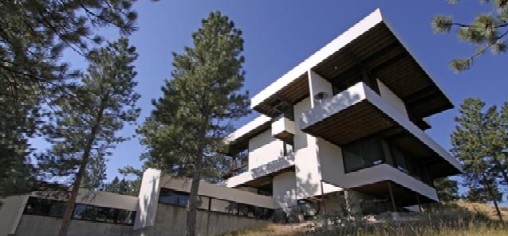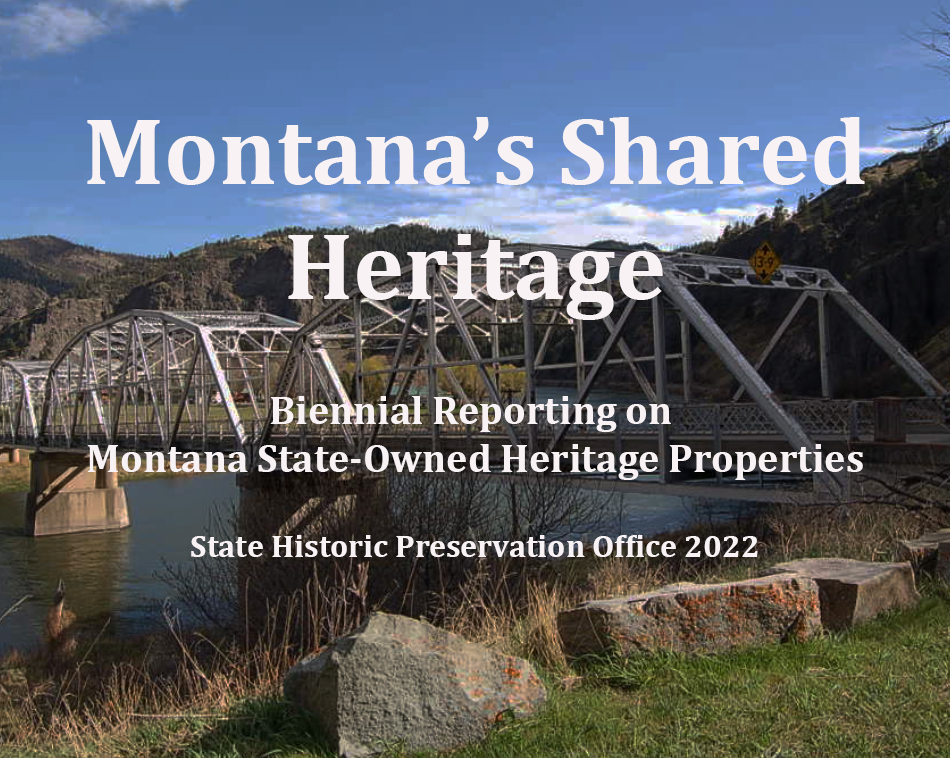Historic Architecture Preservation
Incentives and Assistance Programs
Preservation Best Practices and Feasibility Assessment
We offer technical advice to building owners, architects, and engineers concerning the treatment of historic building materials, use of historically appropriate modern materials, rehabilitation of historic interior finishes and the building envelope, and handicapped accessibility.
Historic Building Rehabilitation Tax Credit Programs
Our office is the statewide facilitator for both the Federal and State Historic Rehabilitation Income Tax Credit Programs. These credits offer income tax credits for the rehabilitation of income-producing properties listed in the National Register of Historic Places. Both programs incentivize the revitalization of income-producing historic real estate and level the playing field when redevelopment exceeds the cost of new construction.
The Federal tax credit uses a three-part application to award successful applicants an income tax credit equal to 20% of their rehab investment. The State of Montana’s income tax credit is equal to 25% of the amount an owner claims under the Federal program. Those wishing to claim the state credit must first be certified for credits under the Federal program.
State-Owned Heritage Properties
Some state-owned properties on which we advise include those in Virginia City, Reeder's Alley in Helena, and the Moss Mansion in Billings.
Compliance Review
We review and comment on work proposed for historic properties owned or funded by federal agencies such as the National Park Service, Forest Service, and HUD. These buildings range from the great hotels in Glacier National Park to vernacular architecture in our historic neighborhoods.
GUIDANCE
Federal Historic Preservation Tax Incentives Program
IRS reference for Rehabilitation Tax Credits (PDF)
*As of August 15, 2023, both the National Park Service (NPS) and SHPO will only be accepting electronic submissions for the Federal Historic Rehabilitation Income Tax Credit Program. As part of this change, NPS has issued revised application forms and documentation requirements, available for download from their website.
Please review all new documentation guidance and contact the Historic Architecture Specialist with any questions.*
Coming Soon! Architectural Survey Guide
Secretary of Interior's Standards for the Treatment of Historic Properties includes standards and guidelines for:
- Preservation
- Rehabilitation
- Restoration
- Reconstruction
- and more
REQUEST REVIEW
1. Prepare Documentation
What to Submit
Request Tax Credit Application ReviewRequest Consultation / Submit a Report
Submit a Report for State-Owned Heritage Properties
4. Kindly notify SHPO's Historic Architecture Specialist of your submittal.
CONTACTS
Historic Architecture Specialist
Lindsay Tran
(406) 444-7717
Review and Compliance Officer
Samantha Gilk
(406) 444-6485
Resources
Investing in Montana: Montana's Historic Preservation Tax Credit
Coming Soon! Storymap portfolio of tax credit projects in Montana
SHPO's Historic Window Repair & Thermal Upgrade Handbook (PDF)
Illustrated Guidelines for Rehabilitating Historic Buildings, is the definitive guide to maintaining the historic character of your building: Published by the National Park Service.
Barn Again, the National Trust for Historic Preservation, and Successful Farming Magazine collaborate on this website, which is a clearinghouse for information on making historic farm buildings function in the world of modern farming.
The Historic Bridge Foundation offers historical and technical information on bridges and has ideas to help you make the preservation of historic bridges happen.
The Montana Preservation Alliance, made up of architects, historians, and planners, this statewide non-profit works with local communities to save Montana's most endangered historic places.
The National Park Service offers information on how to preserve your building in a way that is sensitive to its historic nature.
The National Trust is the probably the most influential preservation advocacy group in the country working on the state, local, and national levels to help in preserving many of the most treasured historic places in Montana.
The Old House Journal has been a source of information on obscure handtools, technical preservation issues, and inspiration for over 20 years.
Partners for Sacred Places is a non-sectarian clearinghouse for advancing the preservation of historic religious properties.
Traditional Building Magazine offers an extensive source list of architectural reproductions.
Montana Post-World War II (1945-1965) Architectural Survey and Inventory (PDF)
In celebration of our twentieth-century architectural legacy, this project identified, documented, and evaluated selected properties from Montana's post-war period, focusing on selected property and building types that represent Montana's built environment from the post-Word War II era. >> Read Now
Daphne Bugbee-Jones: Montana Modernist (YouTube)
This documentary on modernist architect, Daphne Bugbee Jones was created by Pete Brown of the Montana State Historic Preservation Office. It features University of Montana art history professor, Rafael Chacon, Ph.D., and the photography of Terry W. Greene. The video includes Bugbee Jones’s biography, her civic achievements, and describes her influences and design intent for her eight houses built in Missoula, Montana, between 1960 and 1981. It also describes the paradigm shift in design that occurred in the 20th century and flourished after World War II. High-quality photos that exhibit the homes’ interiors and exteriors are the first professional photographs of her work. >> Watch Now
While the SHPO does not administer a grant program for the preservation of residential or commercial buildings, we recommend investigating the following funding sources:
Brian Wishneff & Associates
Cityscape Capital Group, LLC
Clocktower Tax Credits
Community Reinvestment Fund
http://www.grants.gov/
HUD Community Development Block Grant
Low Income Housing Tax Credits
Montana Dept. of Commerce TIIP Grant
Montana Dept. of Transportation CTEP Grant
Montana Economic Developers Association
National Trust for Historic Preservation
USDA Rural Development
US Forest Service Rural Community Assistance Grant
In 2011, the 62nd Legislature of Montana passed Senate Bill 3 amending Sections 22-3-422, 22-3-423, and 22-3-424 of the Montana State Code. The revised sections require state agencies and the Montana university system to biennially report to the Preservation Review Board on the status and maintenance needs of the agencies’ heritage properties. The findings from this reporting are to be conveyed by the State Historic Preservation Officer to the legislature, along with recommendations regarding management of the properties.
List of State-Owned Heritage Properties by Agency
List of State-Owned Heritage Properties by County
FAQs
Answers to Frequently Asked Questions
The SHPO does not administer a grant for historic home preservation. The only grant programs for homeowners that we are aware of are from HUD and USDA-RD. Homeowners looking for financial assistance should contact these agencies directly with inquiries.
The SHPO administers the Federal Historic Preservation Tax Credit at the state level and is the liaison between applicants and the Federal Government. This tax credit equals 20% of the applicant's rehab investment in their historic income-producing building. The State of Montana offers a state tax credit equal to 5% of the applicant's rehab investment.
Local governments may adopt a property tax abatement program for the rehabilitation of historic buildings. Contact your local government to determine if they offer this program.
Owners of National Register-listed properties may do what they wish with their private property and private funding. If property owners use federal dollars, federal incentive programs, or do work that requires a federal permit, the federal agency must consult with SHPO under Section 106 of the National Historic Preservation Act. State agencies that own historic properties must consult with SHPO under the Montana State Antiquities Act. Local governments might also have design guidelines that property owners are required to follow.


